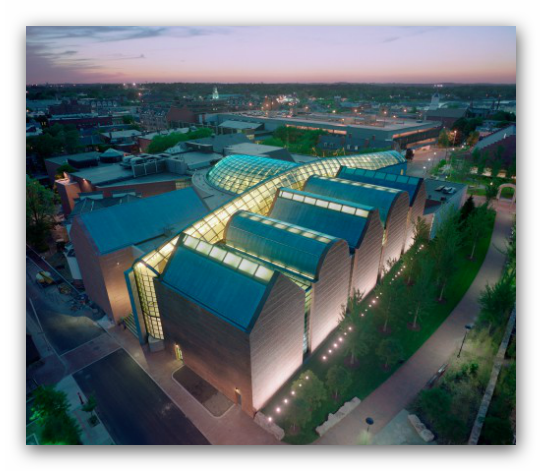May 10 2025 - Jan 3 2027
Salem, MA
PEM’s superlative collection reflects Korea and Korean life during the late Joseon dynasty (1392-1910) and early 20th century, a period of time when Korea first opened its door to the West.
PEM’s early Korean collection was primarily formed by Edward Sylvester Morse, director of the Peabody Academy of Science (a predecessor organization to PEM) from 1880 to 1914, who proactively pursued Korean acquisitions during his tenure. One of the most important groups of works Morse acquired is a set of eight Korean musical instruments that were exhibited at the World’s Columbian Exposition of 1893. PEM’s connection with Korea was also strengthened by Yu Kil-Chun (1856-1914), the reformist scholar and politician who came to the U.S. as a member of the first Korean delegation and lived near Salem for nearly a year. Yu Kil-Chun and other early travelers between the U.S. and Korea donated many meaningful and foundational works to the museum’s collection.
The fascinating stories of these early pioneers is explored in PEM’s Yu Kil-Chun Korean Art Gallery alongside masterworks from the museum’s renowned Korean textile collection, superb 19th century paintings, including the painted screen of Welcoming Banquet of the Governor of Pyeongan, and inspiring contemporary works by Nam June Paik and other Korean and Korean American artists.
Credit: Overview from museum website
Exhibition Venues & Dates
May 10 2025 - Jan 3 2027
Salem, MA
